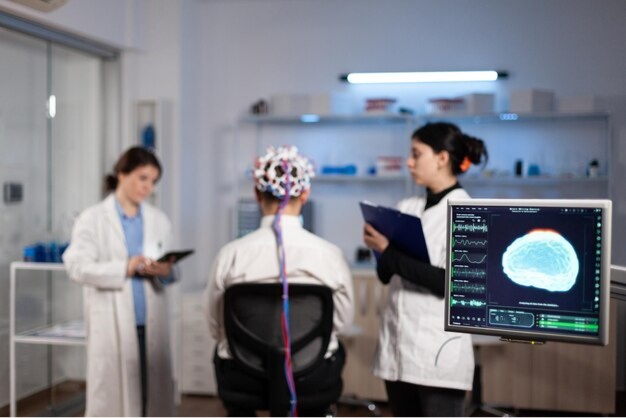
Caritas Neuro Sciences
Alzheimer's Disease: Signs, Risk Factors, and Prevention
December 2023

The human brain is one of the most intricate and mysterious organs, and understanding its inner workings has long been a challenge for scientists and medical professionals. Over the years, significant advancements in neuroimaging techniques have allowed us to peer inside the brain with increasing clarity, leading to groundbreaking discoveries and improved patient care. In this article, we'll explore the remarkable progress in neuroimaging and how these innovations are transforming the field of neuroscience.
The Importance of Neuroimaging
Neuroimaging is the process of creating images of the brain and its structures. It is instrumental in understanding the structure and function of the brain and diagnosing various neurological conditions, including brain tumors, strokes, and neurodegenerative diseases like Alzheimer's and Parkinson's. Advances in neuroimaging have not only enhanced our knowledge of the brain but have also played a crucial role in early diagnosis and treatment planning.
Traditional Neuroimaging Techniques
Historically, neuroimaging relied on techniques like X-rays, computed tomography (CT), and magnetic resonance imaging (MRI). While these methods have been invaluable, they have their limitations, particularly in terms of spatial and temporal resolution.
Recent Breakthroughs in Neuroimaging
Future Horizons
The field of neuroimaging continues to evolve, with ongoing research and exciting prospects. Here are a few areas of development to watch:
Advancements in neuroimaging have brought us closer to unlocking the mysteries of the human brain than ever before. With each breakthrough, we gain a clearer picture of brain structure and function, opening new avenues for research, diagnosis, and treatment of neurological conditions. As technology and research continue to progress, neuroimaging promises to revolutionize our understanding of the brain, benefiting not only the field of neuroscience but also patient care and the future of brain health.